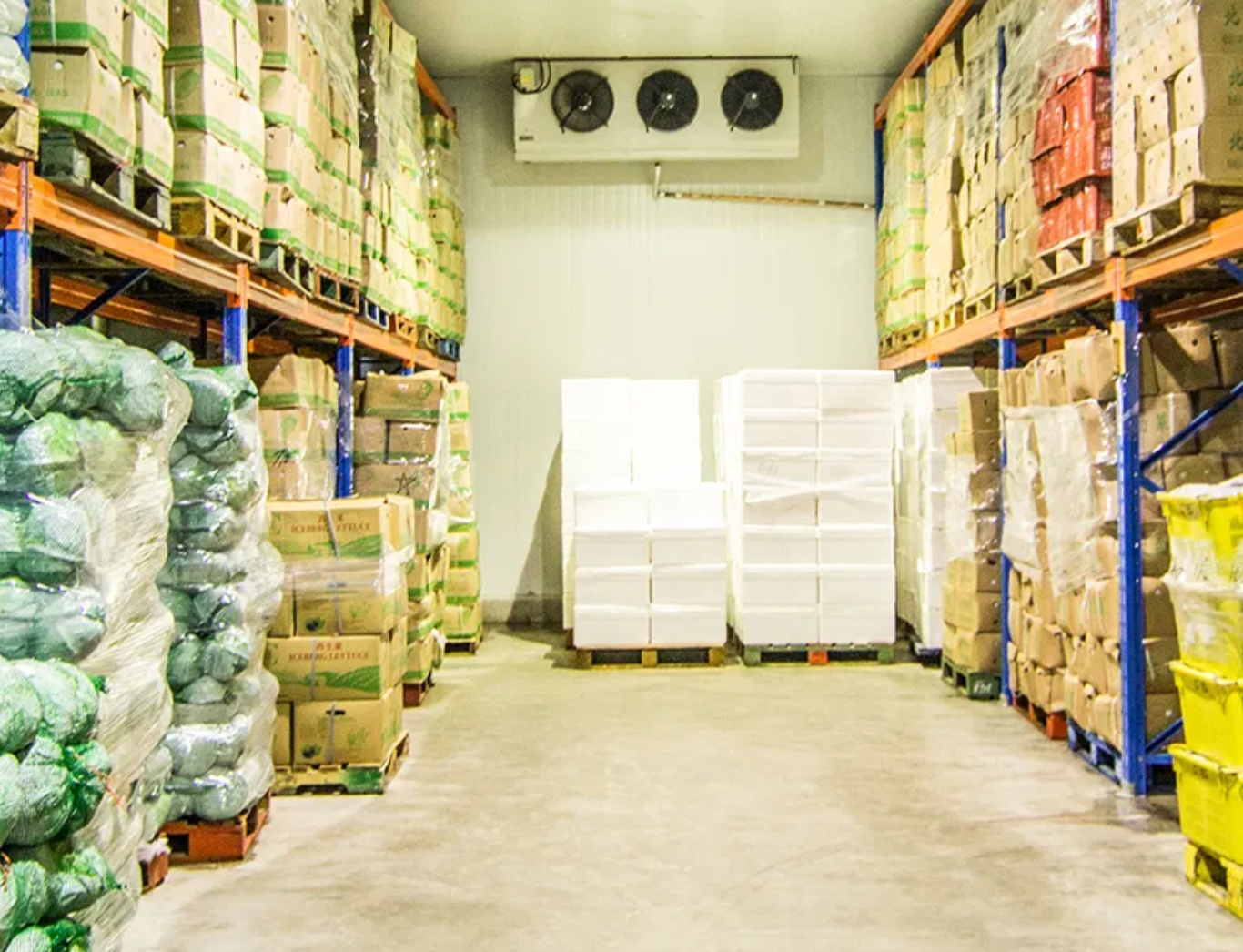What is the cold chain?
Cold chain refers to a supply chain that maintains a constant temperature from production to sale to preserve the quality and safety of sensitive or perishable products. This is where cold logistics comes in, i.e. the complete coverage of the supply chain at a constant temperature throughout transportation, storage, loading and unloading.
The cold chain can be controlled by a quality management system, which should analyze, control, document and verify it, then share the data with all stakeholders.
For those who work in the temperature-controlled food industry, one of the most critical issues is to guarantee the respect of the cold chain along all the stages of the chain, from production to delivery to the customer. Nowadays the temperature is controlled, but in an inefficient, unsystematic and fragmented way, and it is always difficult to trace the temperatures at which individual products have traveled or been stored.
Cold chain and food waste: numbers of an avoidable trend
A staggering 40% of foodborne illness cases are due to temperature issues along the supply chain.
Lack of sufficient and efficient cold chain infrastructure is a major contributor to food loss and waste, estimated at 55% of fruits and vegetables, 22% of meat, 30% of fish and seafood, and 20% of dairy products.
It is estimated that 40% of all food requires refrigeration, while today only 15% is protected by the cold chain.
Limitations of current processes and digital solutions to the issue
Fragmented data, measurement tools unable to communicate with each other, siloed processes, paper-based documentation, and lack of collaboration between cold chain stakeholders and their information systems create blind spots that can weigh on operational efficiency and quality control and compliance processes, causing food and logistics companies on the one hand to suffer financial, product and brand losses, and on the other hand to experience food safety risks.
With Wenda, the quality or logistics manager of the client company accesses the Platform, selects the product/delivery/refrigerator of reference and shares the necessary data directly in the cloud with an account dedicated to the requester who, through their account, can always have visibility of the data they need, for each local, national and international distribution model, with customers or suppliers. Even without actions, the data is always available in the cloud for every actor in the supply chain.
Thus, you get farm-to-fork cold chain visibility and collaboration, customer trust, process efficiency and risk mitigation.

